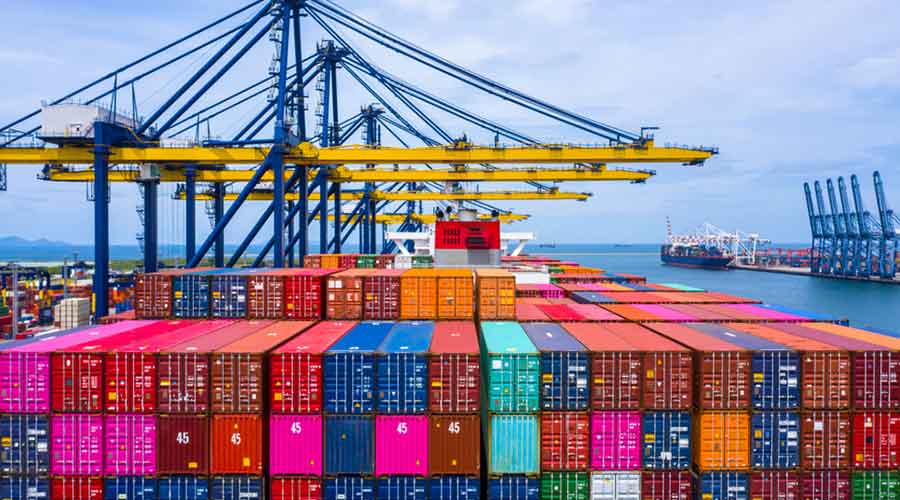



Article by: Hari Yellina
Supply chain issues are worsening, compounded by increased port congestion and shipping delays at Shanghai and other Chinese ports as a result of Covid-19 lockdowns. Container demand is far surpassing capacity, because to continued congestion at ports across the world and cheap backhaul rates to Asia. The introduction of Covid-19 lockdown measures in Shanghai, which were later extended to other parts of the country, worsened congestion at Chinese ports in March and April. According to S&P Global Commodities at Sea, total dry bulk congestion levels at ports in mainland China have climbed by 30-40% since the beginning of March. In May, Shanghai port congestion began to ease as traffic was shifted to alternative ports throughout northern and central China.
However, overall congestion levels remain high, and alternative ports such as Tianjin and Zhoushan are seeing longer vessel delays. Container shipping rates exiting Asia remain much higher than those arriving in Asia from the United States and elsewhere. This disparity in freight charges, combined with lengthy waits at ports, has dissuaded carriers from transporting commodities to Asia from the United States, Europe, or elsewhere, with disproportionately unfavourable consequences for agricultural exports. On the 6th of May, the Freightos Baltic Index average price for a 40-foot container from China/East Asia to the West Coast of North America was $14,226. On the other hand, the price from ports on the West Coast of North America to ports in China and East Asia on May 6 was $991.
Port congestion and container capacity have been particularly terrible in China and the United States, but it is a worldwide problem. According to Reuters, delays in shipments from China to Europe are generating a lack of containers to transport European goods to the United States’ East Coast. The National Union of Fruit Producers (Fedefruta) in Chile has called for a perishable foods action plan. Port congestion and transportation delays have had a substantial impact on products such as table grapes, blueberries, apples, and kiwis. According to reports, transport and offloading between Chile and the port of Philadelphia can take up to 45 days, compared to a regular average of 20 days.
In 2021, transportation constraints prompted Chilean exporters to prioritise the US market over China, where shipping and unloading times are significantly shorter. Some exporters, on the other hand, have been able to profit from the disturbance. In 2021, for example, Peruvian exporters filled in the void left by reduced Chilean supplies, increasing fruit, vegetable, and grain shipments to China by 43 percent year over year. Many ships are operating at less than full capacity, which is a major cause of delays and capacity problems. Ships operating at 50% capacity necessitate the use of more ships to transport the same amount of cargo. The presence of more ships at ports causes delays in loading and unloading. Ships that are delayed are more likely to make fewer stops and operate at lower speeds.
Farmers in the United States have urged the government to take action to stop ships leaving US ports with empty containers. The Ocean Shipping Reform Act has passed both the House and Senate, bolstering the Federal Maritime Commission’s authority over ocean shipping corporations, including the potential to enforce new rules prohibiting carriers from “unreasonably” denying shipments of US goods. The World Shipping Council opposes the bill. Both the House and Senate versions of the plan must go through the reconciliation process before becoming law, which will need another vote.
The Panama Canal Authority has also suggested a new tolling scheme that would include taxes for ships carrying empty containers for the first time. The current tolling system has been criticised for being unnecessarily complicated, and the proposed modification is part of a larger effort, according to Panama Canal Deputy Administrator Ilya Espino de Marotta, to make the tolling scheme “clear and transparent.” The new levy on empty containers “recognises the repositioning value of empty containers,” according to the authority.